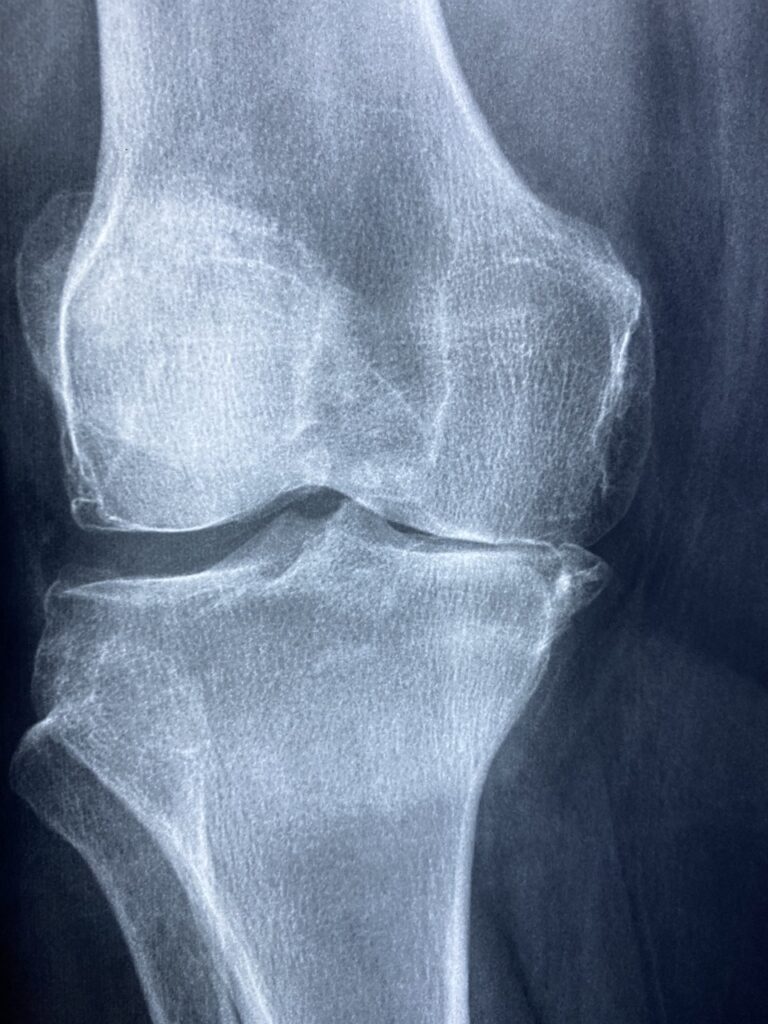What is Asthma?
Asthma is a chronic respiratory condition characterized by inflammation and narrowing of the airways, leading to recurrent episodes of wheezing, coughing, chest tightness, and shortness of breath. Asthma symptoms range from mild to severe and can vary in frequency and intensity over time. While asthma cannot be cured, it can be effectively managed with proper treatment and lifestyle modifications.
Types of Asthma
- Allergic Asthma: Triggered by exposure to allergens such as pollen, dust mites, pet dander, or mold.
- Non-Allergic Asthma: Triggered by factors such as respiratory infections, cold air, exercise, smoke, strong odors, or stress.
- Occupational Asthma: Caused by exposure to workplace irritants or allergens, such as chemicals, gases, dust, or fumes.
Symptoms of Asthma
- Wheezing: A whistling or squeaky sound when breathing, especially during exhalation.
- Coughing: Often worse at night or early morning, may be dry or produce mucus.
- Chest tightness: A feeling of pressure or discomfort in the chest.
- Shortness of breath: Difficulty breathing, may be mild to severe.
- Difficulty sleeping due to asthma symptoms.
- Fatigue or reduced ability to participate in physical activities.
Causes of Asthma
The exact cause of asthma is not fully understood, but it is believed to involve a combination of genetic, environmental, and immunological factors:
- Genetics: Individuals with a family history of asthma or allergic conditions are at higher risk.
- Environmental factors: Exposure to allergens, respiratory infections, air pollution, tobacco smoke, and other environmental triggers can exacerbate asthma symptoms.
- Immune system dysfunction: Abnormalities in the immune system may contribute to the development of asthma, particularly allergic asthma.
Risk Factors for Asthma
Several factors may increase the risk of developing asthma:
- Family history of asthma or allergies
- Personal history of allergies or eczema
- Respiratory infections, especially during childhood
- Exposure to tobacco smoke, air pollution, or other environmental allergens
- Occupational exposure to irritants or allergens
- Obesity or being overweight
Diagnosis of Asthma
Diagnosing asthma involves a comprehensive evaluation that may include:
- Medical history: Including symptoms, triggers, family history, and previous asthma-related events.
- Physical examination: Including assessment of lung function and signs of asthma such as wheezing or chest tightness.
- Lung function tests: Spirometry and peak flow measurement to assess airflow obstruction and lung function.
- Allergy testing: Skin prick tests or blood tests to identify specific allergens that may trigger asthma symptoms.
- Bronchoprovocation tests: Inducing airway narrowing with exercise or inhaled substances to assess airway hyperresponsiveness.
Pharmacokinetics and Pharmacodynamics
Understanding how asthma medications are absorbed, distributed, metabolized, and excreted in the body (pharmacokinetics) and how they exert their effects on the respiratory system (pharmacodynamics) is crucial for optimizing treatment outcomes and minimizing side effects.
Pharmacological Treatment of Asthma
Asthma medications are typically classified into two main categories: controller medications (to prevent asthma symptoms) and reliever medications (to treat acute symptoms). Treatment may include:
- Inhaled corticosteroids: Reduce airway inflammation and prevent asthma symptoms.
- Long-acting beta-agonists (LABAs): Relax the muscles around the airways, improving airflow and preventing symptoms.
- Leukotriene modifiers: Block the action of leukotrienes, substances in the body that contribute to inflammation and asthma symptoms.
- Biologic therapies: Target specific immune pathways involved in asthma, such as monoclonal antibodies against IgE or IL-5.
- Short-acting beta-agonists (SABAs): Provide rapid relief of asthma symptoms by relaxing the muscles around the airways.
- Oral corticosteroids: Used for short-term treatment of severe asthma exacerbations.
Non-Pharmacological Treatment of Asthma
In addition to medication, non-pharmacological interventions can help manage asthma symptoms and improve quality of life:
- Avoidance of triggers: Identifying and avoiding asthma triggers such as allergens, smoke, and pollutants.
- Education: Learning about asthma management, including proper inhaler technique, asthma action plans, and recognizing early signs of worsening symptoms.
- Regular exercise: Physical activity can improve lung function and overall fitness in individuals with asthma.
- Nutrition: Eating a balanced diet rich in fruits, vegetables, and whole grains may help reduce inflammation and support overall health.
- Stress management: Stress and anxiety can exacerbate asthma symptoms, so practicing relaxation techniques such as deep breathing, meditation, or yoga may be helpful.
Conclusion
Asthma is a chronic respiratory condition characterized by inflammation and narrowing of the airways, leading to recurrent episodes of wheezing, coughing, chest tightness, and shortness of breath. While asthma cannot be cured, it can be effectively managed with proper treatment and lifestyle modifications. Early diagnosis, appropriate treatment, and regular monitoring are essential for controlling asthma symptoms, preventing exacerbations, and improving quality of life for individuals with asthma. If you or someone you know is experiencing symptoms suggestive of asthma, it is important to seek medical evaluation and consultation with a healthcare professional for further evaluation and management.




